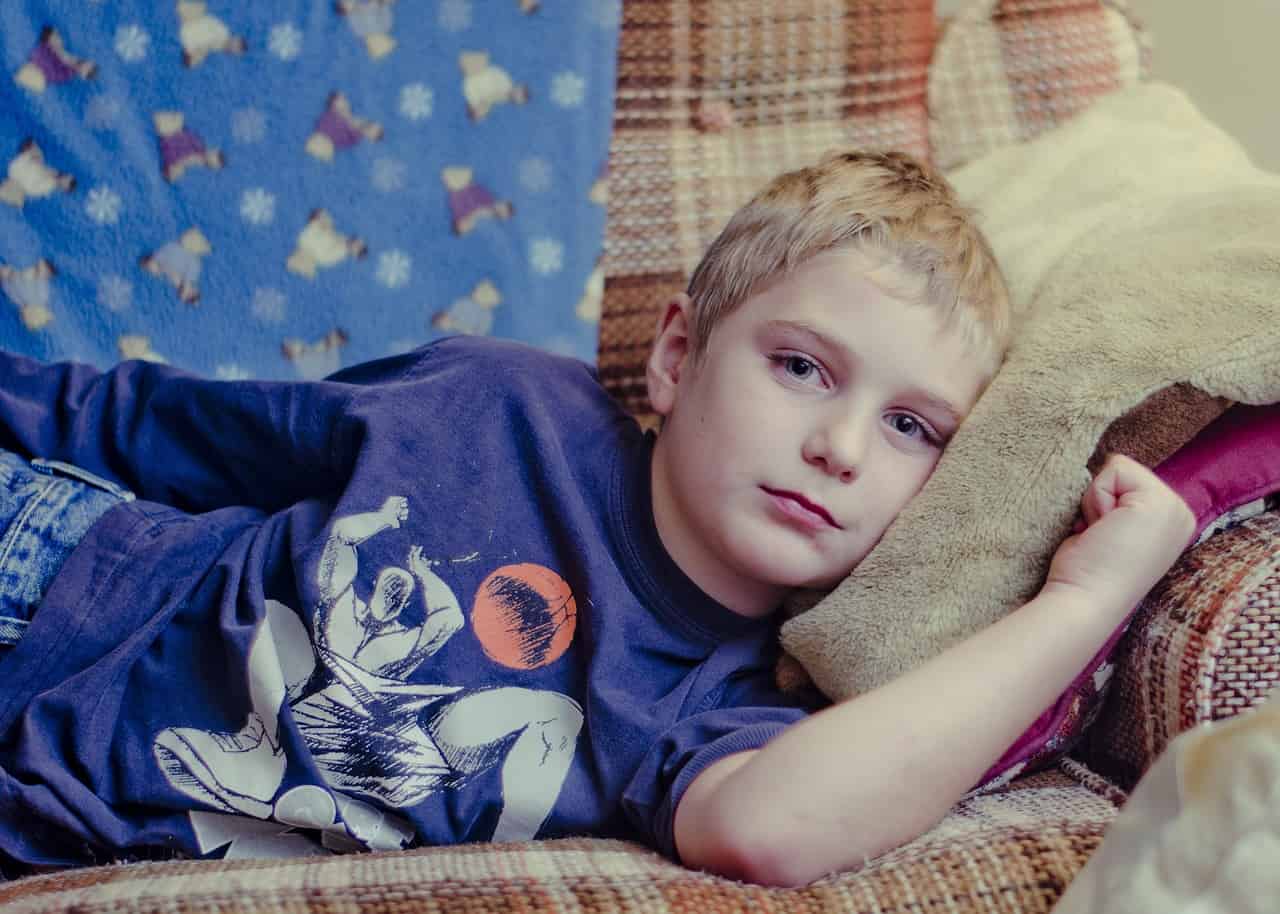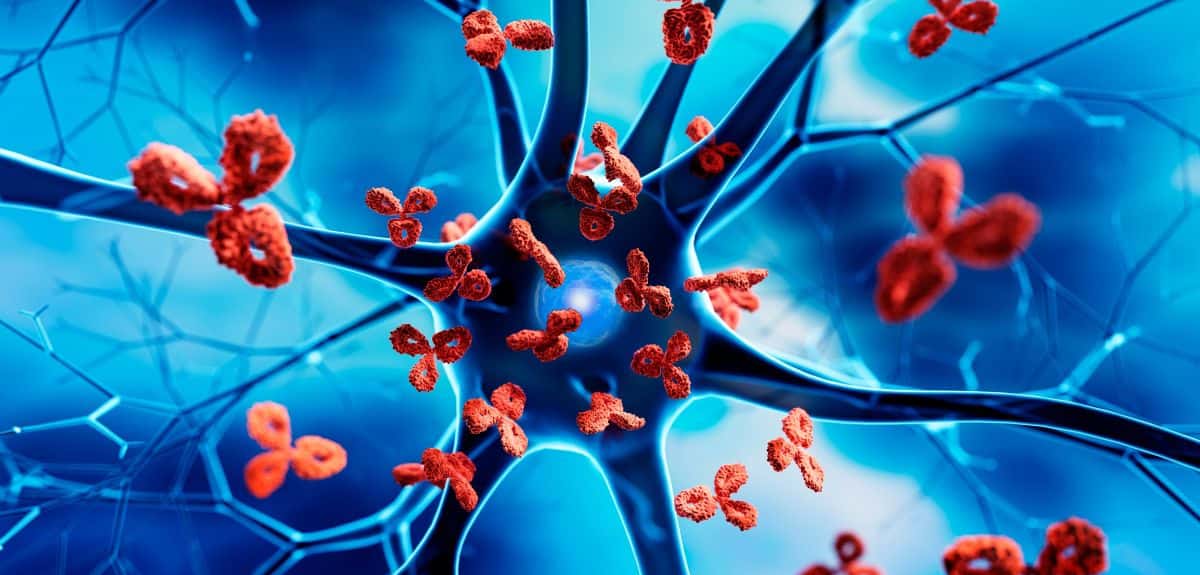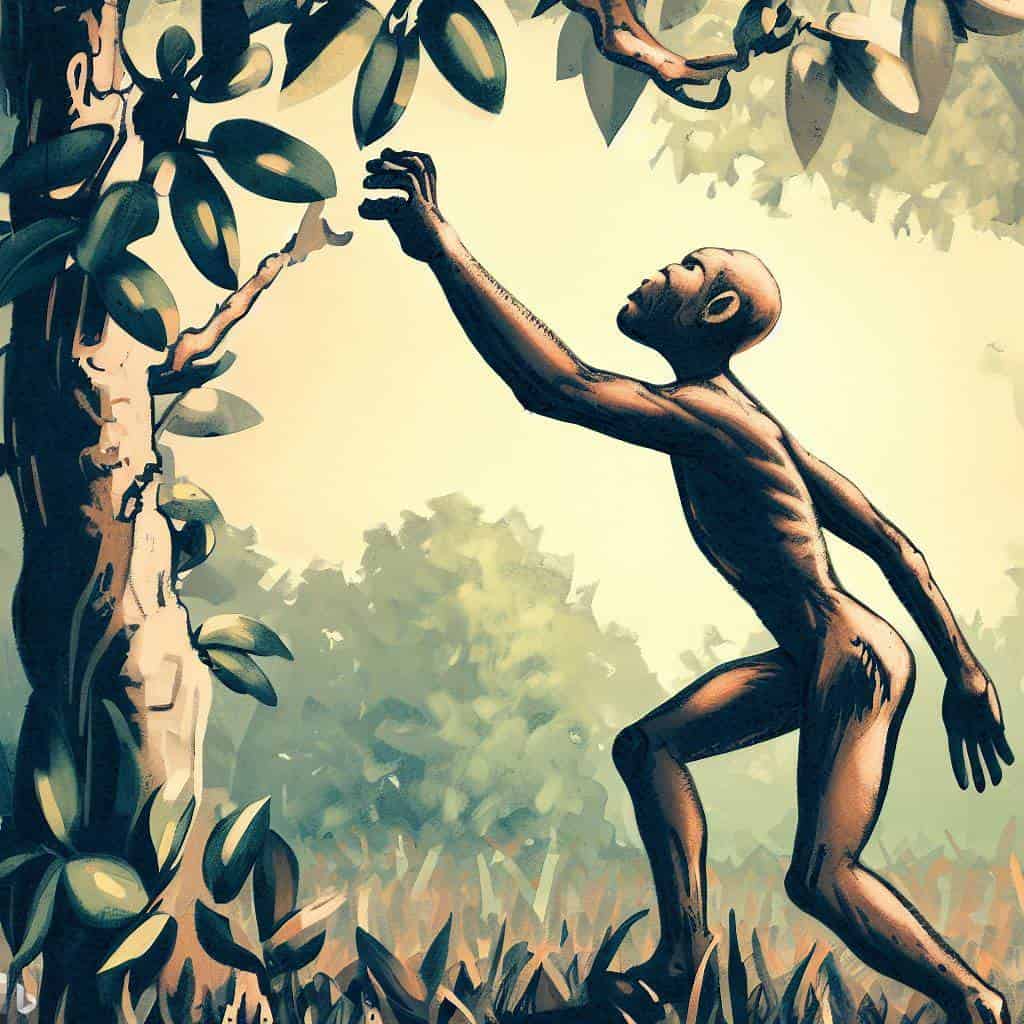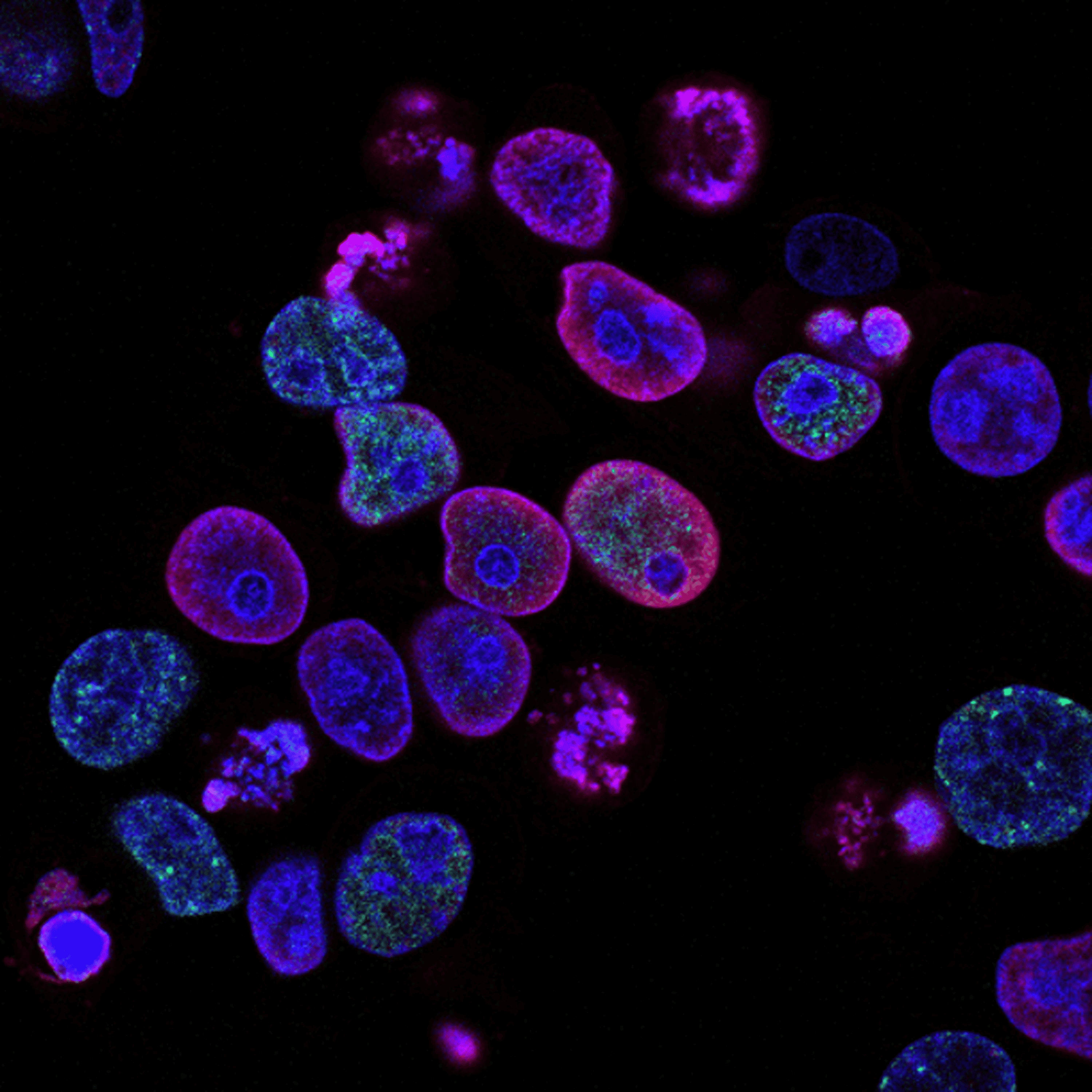
Researchers have used advanced AI to identify natural selection patterns in genetic data, creating a clearer picture of how humans have adapted to infectious diseases. One of the conclusions is that we may have inherited our susceptibility to one mutation by protecting against another.
These findings have applications in human evolution and anthropology, particularly in understanding how people have managed to adapt to changing environments over the last 10,000 years. Prudent to the here and now, it means that researchers have new tools in evolutionary approaches for identifying mutations of biomedical and clinical interest – including our susceptibility to new mutations of Covid-19.
Using AI to comb through genetic patterns
Using supervised machine learning methods, the researchers were able to ‘train’ the AI to identify subtle patterns from genomic data.
“If you wanted to find the genetic differences in cats and dogs, for example, we would provide images to the AI of different cats and dogs over an extended period of time and it would learn how to spot patterns in the genomic data,” says Dr Matteo Fumagalli, the lead researcher on the project.
“In this case we take synthetic data – artificial genomes over different situations of evolution and the AI will learn to analyse the different features from the different scenarios.”
The scenarios, in this case, refers to different types of natural selection. One type of natural selection is balancing selection.
Humans pass on beneficial genes in response to different forces in our environment, including as a way to protect against different pathogens we encounter. However, sometimes these gene mutations make us susceptible to new diseases in different locations. This means that in genetically adapting to one disease, we sometimes inadvertently inherit a susceptibility to another in a different geographical location.
However, it might also be that a population are simply still in the process of adapting to a pathogen through natural selection, meaning that the natural selection process is still ongoing. This is known as an incomplete sweep.
The data was taken from the 1000 genomes project which holds data for 2,504 individuals from 26 populations and tested on a relatively new disease (about 20,000 years old), Familial Mediterranean Fever (FMF). By using the AI, they were able to determine that the gene mutations that cause FMF are prevalent as a result of ongoing natural selection, meaning that humans are still adapting to it.
Use in newer mutations of Covid-19
The results themselves are less important than the proven use of machine learning to identify different patterns of natural selection in our evolutionary process. It may be helpful in answering why one person is more susceptible to new mutations than others.
“What we are trying to do is gather all the mutations of the genes that have been associated with severe Covid-19 and try to systematically apply this tool to test whether natural selection has been happening,” says Dr Fumagalli.
“Corona virus has been around for thousands of years – so it is not a leap of faith to say that we have, perhaps, adapted to the other types of corona virus.”
In other words, we may have inherited our susceptibility to one mutation by protecting against another. This is, however, still exploratory and many other factors should also be considered, such as socio-economic factors, environmental factors, and other health factors.
Read how AI is helping to protect and manage forests







